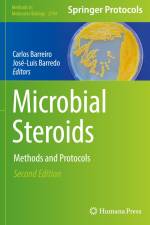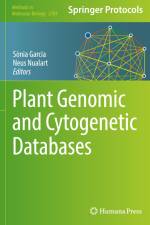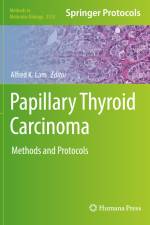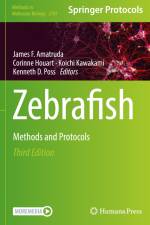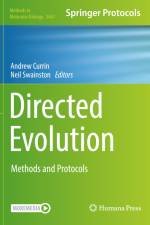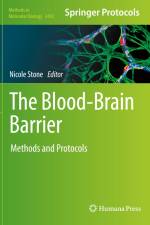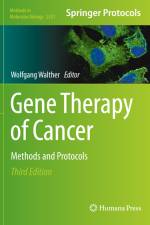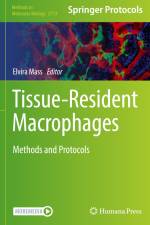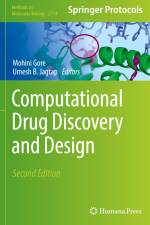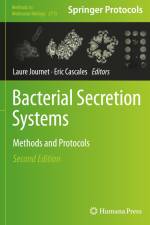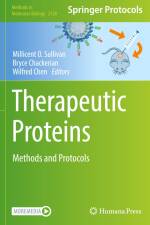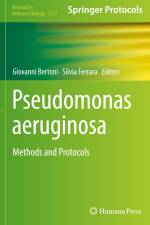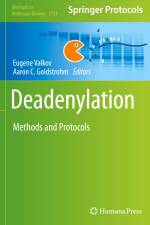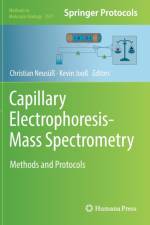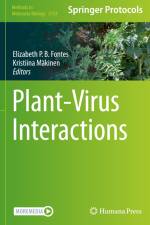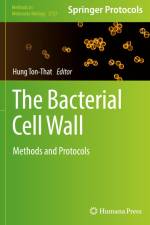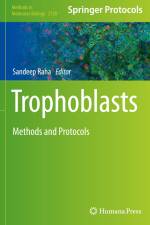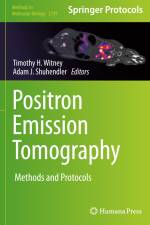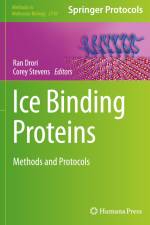av Christian Neusüß & Kevin Jooß
2 499
This volume details aspects and applications of interfacing capillary electrophoresis (CE) with mass spectrometry (MS). Chapters guide readers through approaches based on different types of CE-MS interfaces such as (nano)sheath liquid, porous tip, and liquid junction, as well as various capillary coatings, and a broad range of applications including several top-down and bottom-up proteomic approaches. Additionally, a list of analyte targets was provided consisting of amphetamines, antibiotics, carbohydrates (including glycosaminoglycans and glycopeptides), enantiomers, extracellular matrix metabolites, monoclonal antibodies, and nanoparticles, and therefore covers numerous fields of applications such as pharmaceutical, biomedical, food, agrochemical, and environmental analysis. Written in the format of the highly successful Methods in Molecular Biology series, each chapter includes an introduction to the topic, lists necessary materials and reagents, includes tips on troubleshooting and known pitfalls, and step-by-step, readily reproducible protocols. Authoritative and cutting-edge, Capillary Electrophoresis-Mass Spectrometry: Methods and Protocols aims to provide highly valuable information for both beginners and experts in the field be it students, technical staff, and scientists.

